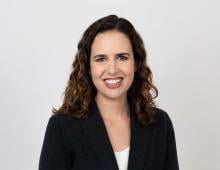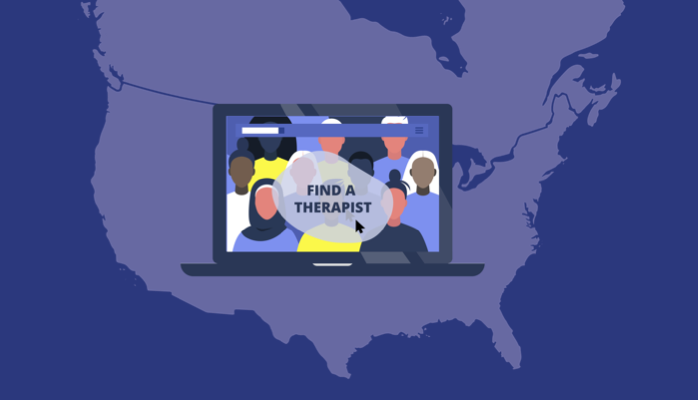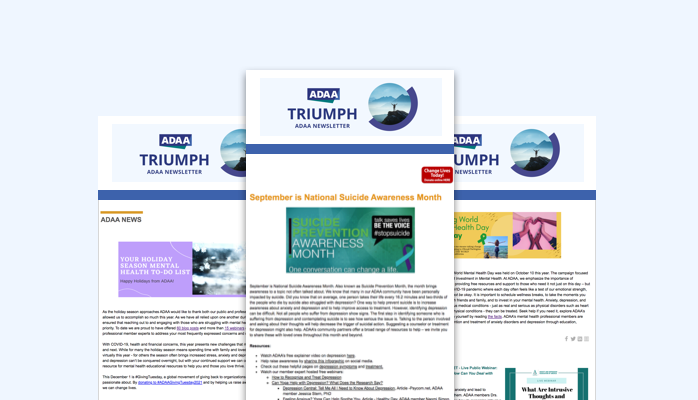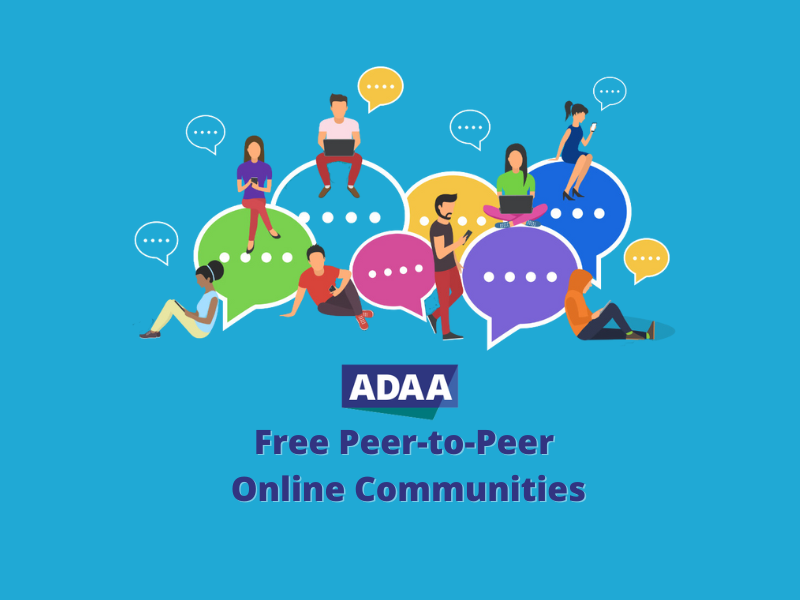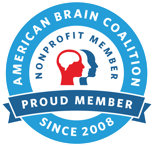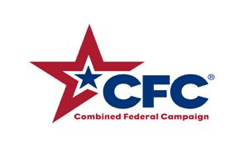4 Key Considerations for Developmentally Informed Youth OCD Treatment
4 Key Considerations for Developmentally Informed Youth OCD Treatment
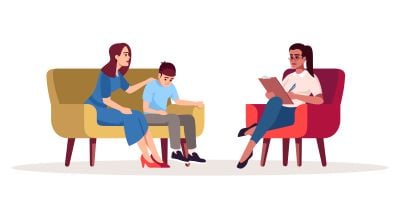
Youth OCD assessment and treatment is far more nuanced than a downward extension of adult OCD approaches, for good reason. What are some of the fundamental ways cognitive-behavioral approaches for youth OCD differ from their adult counterparts? How do clinicians who specialize in youth OCD adjust for the vast differences between younger children and adolescents?
1. Consider Symptom Presentation and Assessment Process
Parents may report concerns about repetitive or rigid behaviors that are developmentally normative for younger children, especially in times of stress or transition. A young child who insists on completing a bedtime routine with specific steps in a particular order may seem to be exhibiting ritualistic behavior, but OCD symptoms are usually more severe, persistent, and associated with interference in functioning. Additionally, young children commonly have sensory-related or incompleteness symptoms, such as repeatedly tapping or arranging something until it feels “just right” to them.
Since young children are less likely to identify obsessive thought content and the function of their compulsions, assessing compulsions before obsessions can be helpful. Parent report is often especially important at younger ages; however, the reverse is often true with adolescents who have greater awareness of their internal experience yet may not communicate symptoms to parents due to feelings of shame, particularly when obsessional themes concern sexuality, religion, and aggression. Clinicians can help normalize these symptoms by providing specific examples using candid language in a neutral tone of voice. For example, to assess aggressive obsessions a clinician may ask, “Have you had thoughts that you might hurt someone, like by pushing a family member down the stairs or stabbing them with a knife?” Clinicians may increase the odds of obtaining an accurate picture by conducting at least part of the assessment with adolescents individually and being explicit about protecting privacy outside of immediate safety concerns.
2. Adapt Treatment Approaches to Cognitive Abilities and Developmental Level
For children under age 9, consider emphasizing behavioral approaches and parental responses to OCD symptoms over cognitive interventions. Younger children typically require more guidance with identifying and challenging negative expectancies. Metaphors are especially useful to help younger children understand abstract concepts relevant for the treatment approach. For example, engagement with OCD can be framed as a rigged game of tennis to help younger children understand the need to disengage from compulsions, as OCD always serves the ball back harder and the only way to beat OCD is to drop the racquet and stop playing the game. Additionally, consider providing concrete examples that introduce limited amounts of information, using developmentally appropriate language, and checking in on a youth’s level of understanding before introducing additional information. Clinicians may need to monitor more directly how younger children are handling spontaneous intrusive thoughts, as the need for resisting compulsions may not generalize from planned exposures.
Adolescents are likely to understand more abstract concepts related to cognition. Although it may be tempting to use the same metaphors and approaches to externalizing OCD that work well with younger children, adolescents are often more receptive to content that is typically used with adults. Clinicians can demonstrate awareness of and respect for adolescents’ advanced cognitive abilities by using more sophisticated language, examples, and visuals.
3. Address Motivation and Goals Differently
It is challenging to motivate youth who have less insight into their symptoms and those who may not view the benefits of treatment as worth the substantial effort required. Younger children especially may benefit from extrinsic motivators, or rewards, to support their engagement in therapy work. For example, a young child may earn rewards like choosing what the family has for dinner or what movie they see on the weekend for their efforts to resist compulsions and engage in between-session exposures.
Adolescents’ desire not to be naïve, outsmarted, or taken advantage of can be harnessed to encourage them to choose actions that are not dictated by OCD. For example, clinicians can appeal to adolescents’ growing sense of independent thought and skepticism by noting, “You wouldn’t let another debater get away with an argument like that -- why does it sound more compelling coming from OCD?” Adolescents are also particularly sensitive to potential threats to their autonomy. Consider how treatment may compromise perceived autonomy and identify ways to join with the adolescent in their work to overcome OCD. Paying particular attention to youth’s own values and identifying concrete examples of how OCD is interfering in their life in ways that they would like to change can be helpful. Clinicians can also help address discrepancies between parent and youth goals by framing treatment as a collaborative process in which youth, clinician, and parents are working together against OCD. Viewing the patient as the expert on their own OCD may be particularly important to emphasize with adolescents.
4. Involve Families and Schools
Parental involvement is a key difference in treating youth OCD, and the extent of involvement most often varies based on the youth’s developmental level and how much parents are accommodating symptoms. Younger children naturally rely more on parents and engage in an automatic process of asking for and receiving reassurance. Clinicians are tasked with assessing both whether these patterns are maintaining OCD symptoms and the developmental appropriateness of the parental responses. Parents of younger children are often fully integrated into the treatment approach to help them develop skills to take the place of accommodation behaviors where needed.
Adolescents may benefit from the greater independence and ownership over treatment that comes with less parental involvement. However, some may require parental support to implement exposures outside of session, and parental accommodation can still be quite high at older ages. Clinicians often need to directly model approaches and coach parents on how to identify and change responses when parents have difficulty tolerating the discomfort that comes with reducing accommodation, current accommodation is extensive, or parents’ own insight is limited. Many other factors within the family system could also potentially interfere with treatment and may need to be attended to, within or beyond the family component of OCD treatment, including the role of siblings, caregivers’ own mental and physical health, and family conflict.
Beyond parental involvement, clinicians may also find it necessary to collaborate with schools to align educators with the treatment approach. OCD symptoms often observed by teachers include avoidance of touching objects, long and frequent trips to the bathroom, spending excessive time on schoolwork, and seeking reassurance. Youth whose symptoms interfere in the classroom or lead to school avoidance especially benefit from care coordination with schools. In summary, clinicians who provide developmentally informed youth OCD treatment engage in unique efforts that also provide exceptional opportunities to change the trajectory of OCD and its impact over the course of a lifetime.
Additional information from the Anxiety in the Classroom resource center on addressing OCD and anxiety in schools can be found here: Classroom Strategies
For families seeking help for youth OCD: Lumate Health
